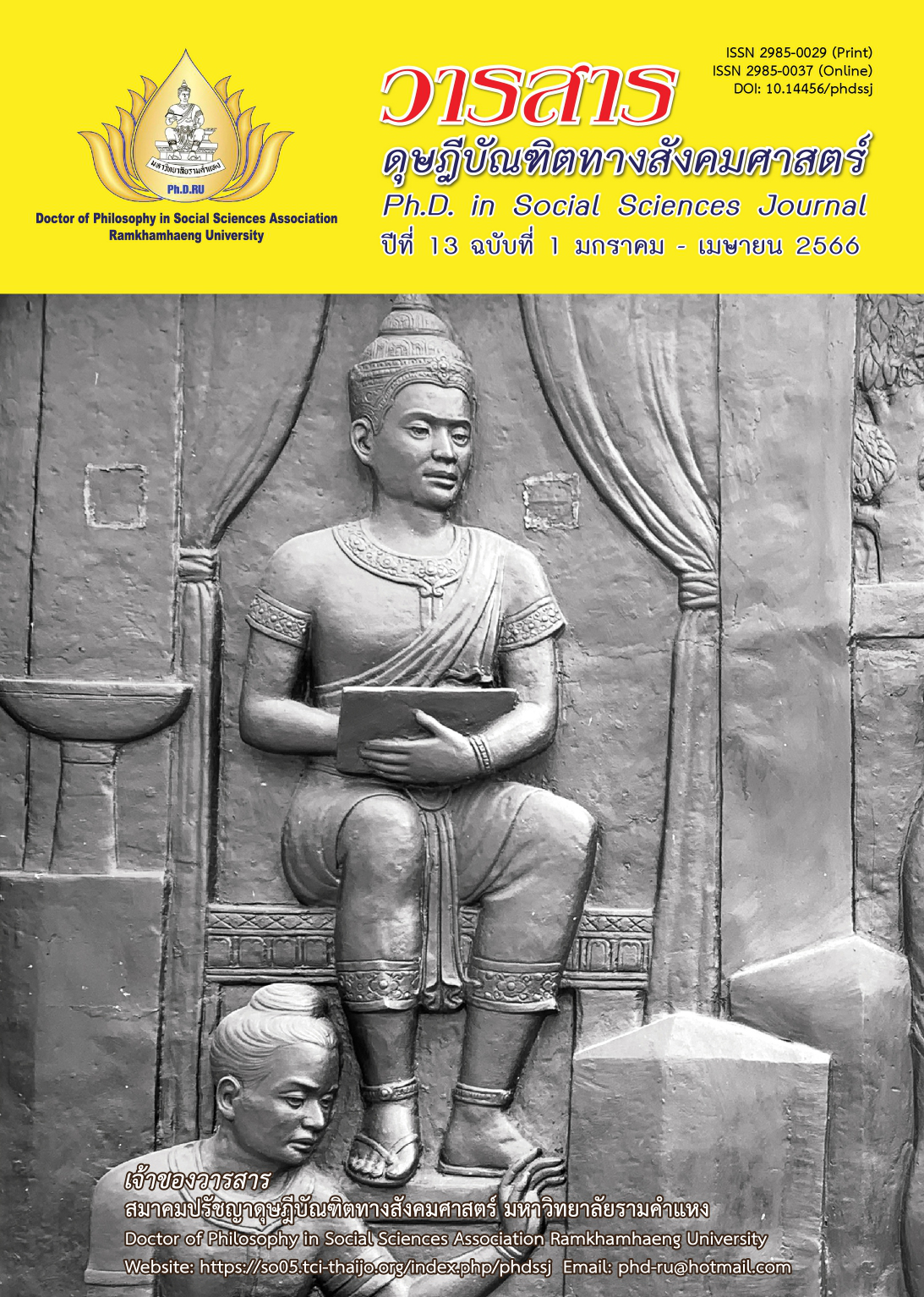Creativity and Teaching Development in Basic Education Level
Main Article Content
Abstract
This academic article aimed to analyzing creativity and teaching development at the basic education level by using the concept of teaching and learning development that promotes creativity of Reilly and Lewis (1983) Ankney and Sayre (1975) creative teaching approach and learning theories related to creative thinking such as Psychoanalytic Theory, Analytical Theory, and Guilford’s Structure of Intellect provide a framework for analysis.
The results of the analysis revealed that: teaching and learning activities to develop and promote creative thinking by using creative ideas, teaching management in a manner that promotes or stimulates interest curiosity appropriate to the level of development of children in each ages, and teaching management according to students’ learning aptitudes involve students in learning activities every step as well as organizing various environments around them to stimulate students in the basic education level to develop more creativity. Students can use their creativity to solve problems in learning and develop their own learning activities better, assertively expressing their opinions rationally curiosity, enthusiasm, more interested in learning, understand and accept others’ reasons, students felt good and happy to learnt and got higher academic achievement.
Article Details

This work is licensed under a Creative Commons Attribution-NonCommercial-NoDerivatives 4.0 International License.
Academic articles, research articles, and book reviews in the Ph.D. in Social Sciences Journal are author’s opinions, and not the publisher’s, and is not the responsibility of the Ph.D. in Social Sciences Journal Philosophy Association, Ramkhamhaeng University. (In the case that research is done on human, the researcher has to be trained in Ethics for Doing Research on Human Training and has to produce the evidence of the training).
References
Ankney, P., Sayre, S. A. (1975). Starting points for creativity. The Science Teacher, 42(10), 23-25.
Chareonwoongsak, K. (2006). Creative thinking. Success Media. [In Thai]
Freud, S. (1931). Female sexuality. In J. Strachey (Ed.), Standard edition of the complete psychological works of Sigmund Freud (vol. 7). Hogarth.
Jung, C. G. (2014). Analytical psychology: Its theory and practice (2nd ed.). Routledge.
Limcharoen, S. (2009). The extra-curriculum development enhancing creativity thinking in second-level students. Doctoral Dissertation of Education in Curriculum Research and Development, Srinakharinwirot University. [In Thai]
Ministry of Education. (2002). Creative Thinking. Author. [In Thai]
Office of the Education Council. (2010). National education plan, revised edition (B.E. 2009-2016). Author. [In Thai]
Office of the Nation Economic and Social Development Board. (2011). The twelfth national economic and social development plan 2012-2017. Author. [In Thai]
Office for National Education Standards and Quality Assessment (Public Organization). (2005). Summary of external quality assessment results at higher education levels (173 places). Author. [In Thai]
Panmanee, A. (1997) Creativity and learning process. Ton-Aor Grammy.
Phuvipadawat, S. (1999). Promoting creativity techniques. Thai Wattana Panich. [In Thai]
Pornrungroj, C. (2003). Creative thinking. Chulalongkorn University Press. [In Thai]
Sutharat, W. (2004). Ideas and creativity. Suweeriyasarn. [In Thai]
Anderson, H. H. (1959). Creativity and its cultivation. Harper & Row.
Guilford, J. P. (1967). The nature of human intelligence. McGraw-Hill.
Reilly, R. R., & Lewis, E. L. (1983). Educational psychology. Macmillan.
Wallach, M. A., & Kogan, N. (1965) Modes of thinking in young children. Holt, Rinehart & Winston.


